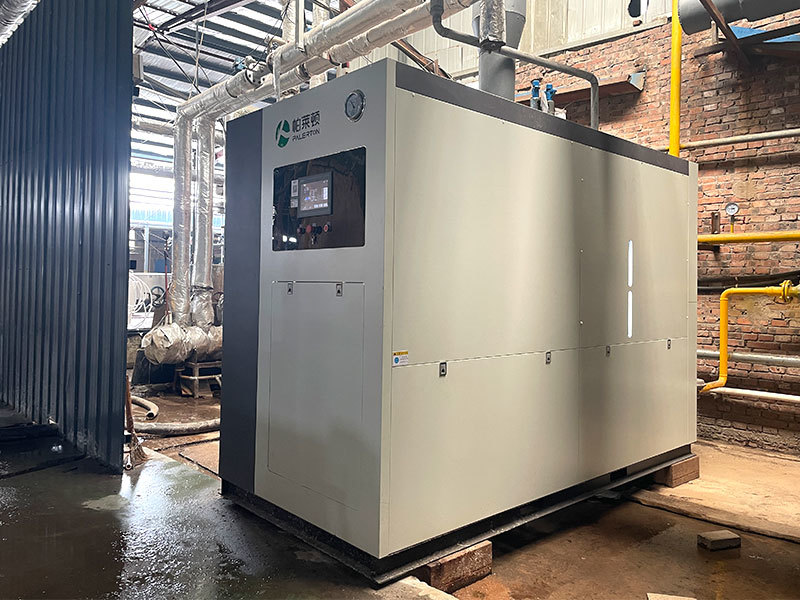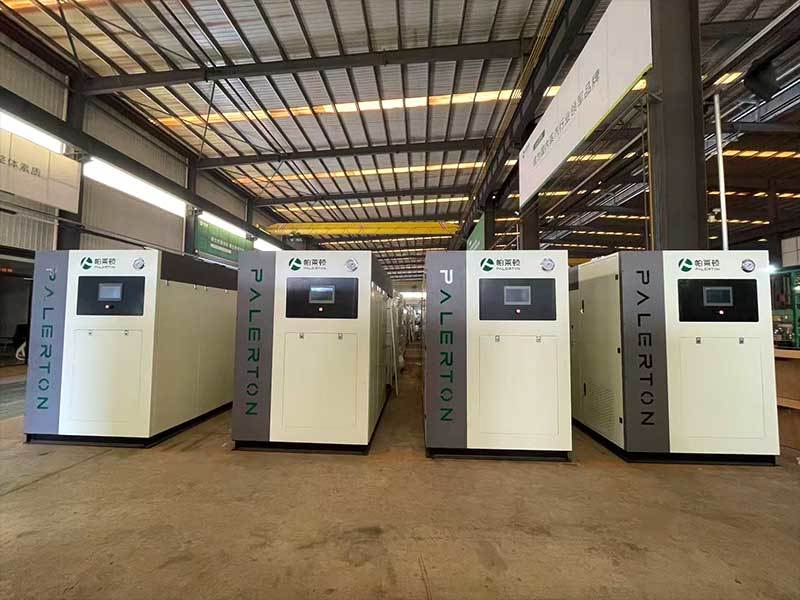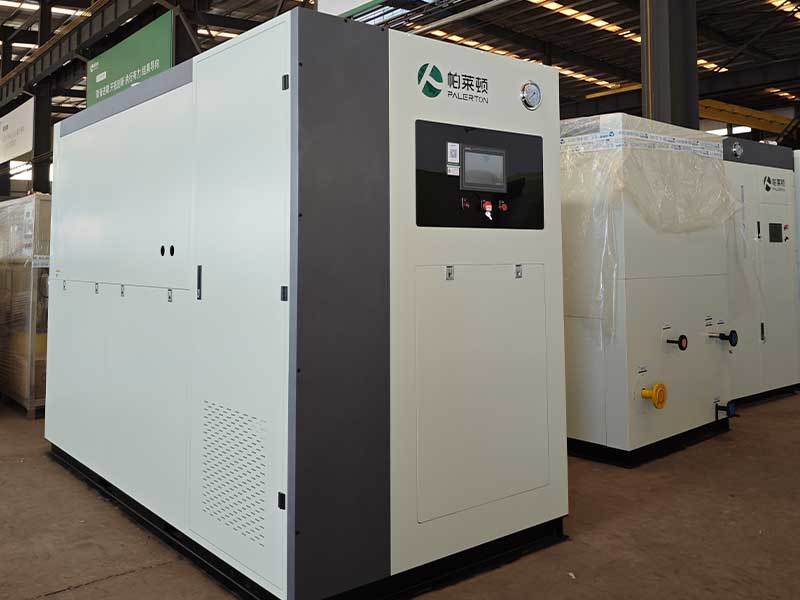
What impact do steam generators have on the environment?
As energy conversion devices (converting fuel chemical energy into heat/electricity), boilers contribute primarily to atmospheric pollution through exhaust emissions generated during fuel combustion. Pollution can be categorized as gaseous pollutants and particulate matter. Nitric oxide (NO) and its primary component, nitrogen oxides (NOx), are significant atmospheric pollutants, posing a multifaceted threat to ecosystems and human health. They are a key driver of acid rain and a core cause of photochemical smog, threatening aquatic life and irritating the human respiratory tract. Air is primarily composed of nitrogen and oxygen, with nitrogen accounting for approximately 78%. During combustion in a steam generator, nitrogen compounds in the fuel initially decompose into intermediate products such as NH₃ and HCN at relatively low temperatures. These compounds are then further oxidized to NOx in an oxidizing atmosphere. NOx generation increases exponentially with increasing temperature, becoming the primary source of NOx above 1300°C.
Air is primarily composed of nitrogen and oxygen, with nitrogen accounting for approximately 78%. During combustion in a steam generator, nitrogen compounds in the fuel initially decompose into intermediate products such as NH₃ and HCN at relatively low temperatures. These compounds are then further oxidized to NOx in an oxidizing atmosphere. NOx generation increases exponentially with increasing temperature, becoming the primary source of NOx above 1300°C. One of the most prominent environmental performance characteristics of steam generators is their low nitrogen oxide emissions. Air contains approximately 70% nitrogen. When combustion temperatures exceed 1300°C, nitrogen in the air is rapidly oxidized at high temperatures, forming nitrogen oxides. During operation, the steam generator maintains a 10:1 mixture of air and oxygen, tightly controlling the combustion temperature below 1300°C. This keeps nitrogen oxide emissions below 20mg/Nm³, well below the national environmental protection standard (30mg/Nm³ for first-tier cities).
One of the most prominent environmental performance characteristics of steam generators is their low nitrogen oxide emissions. Air contains approximately 70% nitrogen. When combustion temperatures exceed 1300°C, nitrogen in the air is rapidly oxidized at high temperatures, forming nitrogen oxides. During operation, the steam generator maintains a 10:1 mixture of air and oxygen, tightly controlling the combustion temperature below 1300°C. This keeps nitrogen oxide emissions below 20mg/Nm³, well below the national environmental protection standard (30mg/Nm³ for first-tier cities). With their advanced technology, exceptional environmental performance, and remarkable achievements in practical applications, steam generators provide a practical solution for balancing industrial production and ecological protection. They are not only a powerful aid for industrial enterprises to achieve green production, but also a key engine driving the entire industrial sector's transition toward sustainable development.
With their advanced technology, exceptional environmental performance, and remarkable achievements in practical applications, steam generators provide a practical solution for balancing industrial production and ecological protection. They are not only a powerful aid for industrial enterprises to achieve green production, but also a key engine driving the entire industrial sector's transition toward sustainable development.
Related News
What kind of water supply is required for the compound chamber slightly superheated steam generator
The compound chamber slightly superheated steam generator has strict requirements on water supply. Only by meeting the conditions of high water purity and stable water source can the equipment be guaranteed to operate efficiently and stably, extend its service life, produce high-quality steam, and provide strong support for the smooth development of production work.
What is the maximum temperature of the compound chamber slightly superheated steam generator ?
The reason why the compound chamber slightly superheated steam generator can stably produce 230°C micro-superheated steam is due to its special cabin structure design. By precisely controlling the heating power and steam flow, it achieves control of steam temperature and steam pressure, meeting the specific requirements of different industries for micro-superheated steam temperature, and providing a reliable heat source guarantee for the optimization of related production processes.
As industrial demands for process precision, product quality, and energy efficiency become increasingly stringent, steam generators capable of consistently delivering 100% dryness are steadily advancing production processes toward greater efficiency, accuracy, and sustainability.
What is the fuel consumption rate of the compound chamber slightly superheated steam generator ?
In summary, compared to traditional boilers, the compound chamber slightly superheated steam generator offers significant advantages in gas consumption. It effectively reduces energy costs for enterprises, delivering notable economic benefits while aligning with current green development initiatives. This technology also supports companies in achieving their energy-saving and emission-reduction goals.
The exceptionally low emissions of the compound chamber slightly superheated steam generator are primarily attributed to the innovative design of its water-cooled fully premixed burner, particularly its air chamber and premixing structure. Through precise control, the system achieves an optimal air-to-gas ratio of 10:1—a golden proportion that ensures thorough combustion. Furthermore, the burner achieves a 100% fuel combustion efficiency, meaning all combustible components are completely burned, thereby preventing the generation of pollutants such as nitrogen oxides (NOx) and carbon monoxide (CO) caused by incomplete combustion. This highly efficient and clean combustion process not only reduces environmental pollution but also enhances energy utilization efficiency. At the same time, it significantly improves operational safety for users. This represents a major breakthrough in environmentally friendly technology within the steam generator industry.
The Critical Role of Steam Generators in Douchi Production
Steam generators empower traditional techniques through technology, enabling douchi—this ancient condiment—to retain its authentic characteristics of "delicious flavor and well-balanced salinity" even in industrial production. Meanwhile, standardized control ensures consistent quality, striking a balance between tradition and modernity at every stage of the process, and allowing the rich, savory aroma of douchi to endure.



